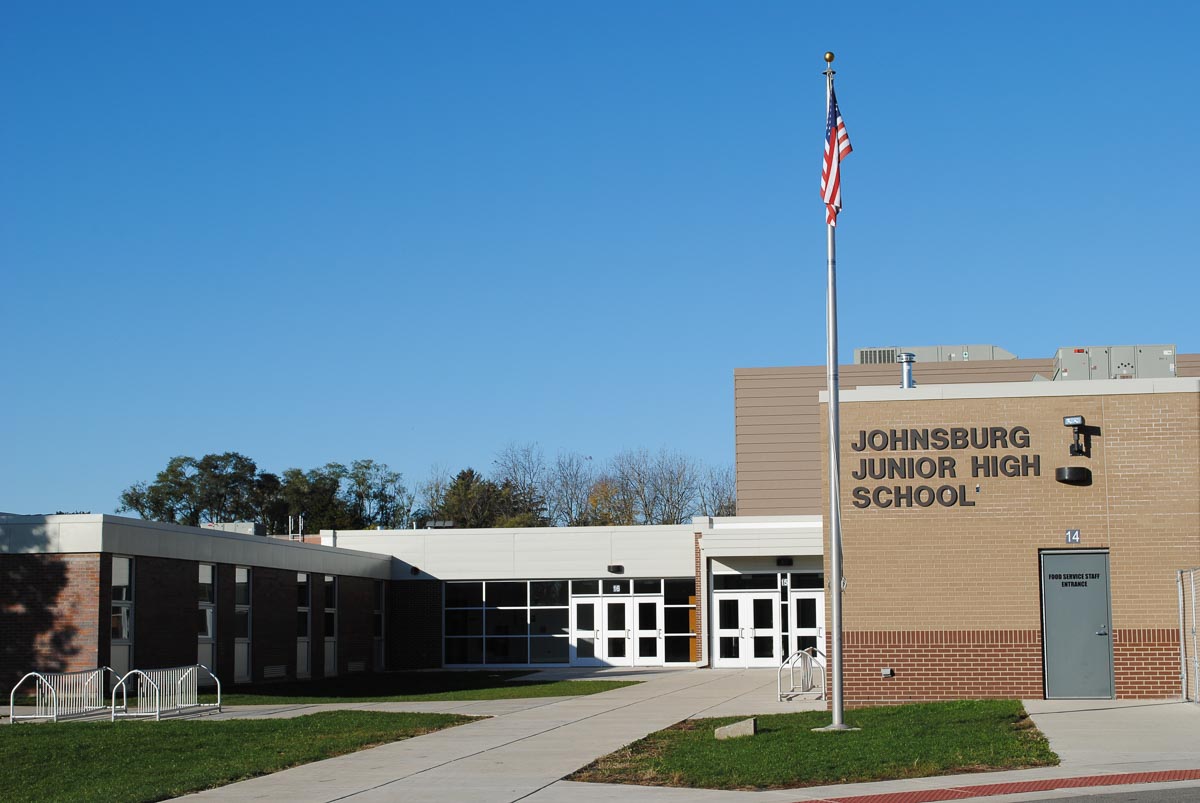
Junior high school, also known as middle school, is an educational institution that usually serves students in grades 6 to 8. It is the bridge between elementary school and high school, where students start to receive a more comprehensive education and prepare for the challenges of high school.
History of Junior High School

The concept of junior high school started in the United States in the late 19th century. Before that, most students went directly from elementary school to high school. Junior high schools were created to bridge the gap between these two levels of education and to provide a more age-appropriate curriculum for students in their early adolescent years.
Junior high schools were initially designed to be three-year programs, but this varied depending on the district. Some schools were four-year programs that included ninth grade, while others were only two-year programs that ended after eighth grade.
Curriculum in Junior High School

The curriculum in junior high school is designed to provide a broad range of subjects to students, including language arts, math, science, social studies, and electives such as art, music, and physical education. The curriculum is more challenging than elementary school, but less rigorous than high school, allowing students to adjust to the demands of more complex academic work.
Junior high schools often use a team-teaching approach, where a group of teachers works together to educate a group of students. This approach allows teachers to work with students more closely, providing individualized instruction and support.
Benefits of Junior High School

Junior high school has several benefits for students. It helps them to develop study skills, time management skills, and critical thinking skills that will be essential in high school and beyond. It also helps them to build social skills and form friendships, which are important for their emotional and social development.
Junior high school also provides students with more opportunities to explore their interests and talents through electives, after-school clubs, and sports teams. These activities can help students to develop a sense of identity and self-confidence that will be beneficial in their future academic and professional pursuits.
Challenges of Junior High School
Junior high school can also present some challenges for students. The transition from elementary school to junior high school can be difficult for some students, as they adjust to a new environment, new teachers, and new academic expectations. Students may also face peer pressure and social anxiety as they navigate the social dynamics of adolescence.
Junior high school can also be challenging for parents, who may struggle to stay involved in their child's education as the school becomes more complex and demanding. Parents may need to work harder to communicate with teachers and stay informed about their child's progress and challenges.
Conclusion
Junior high school is an important stage in a student's education, providing a bridge between elementary school and high school. It offers a challenging curriculum and opportunities for social and personal growth, but also presents some challenges for students and parents. By understanding the benefits and challenges of junior high school, students and their families can prepare themselves for a successful educational experience.